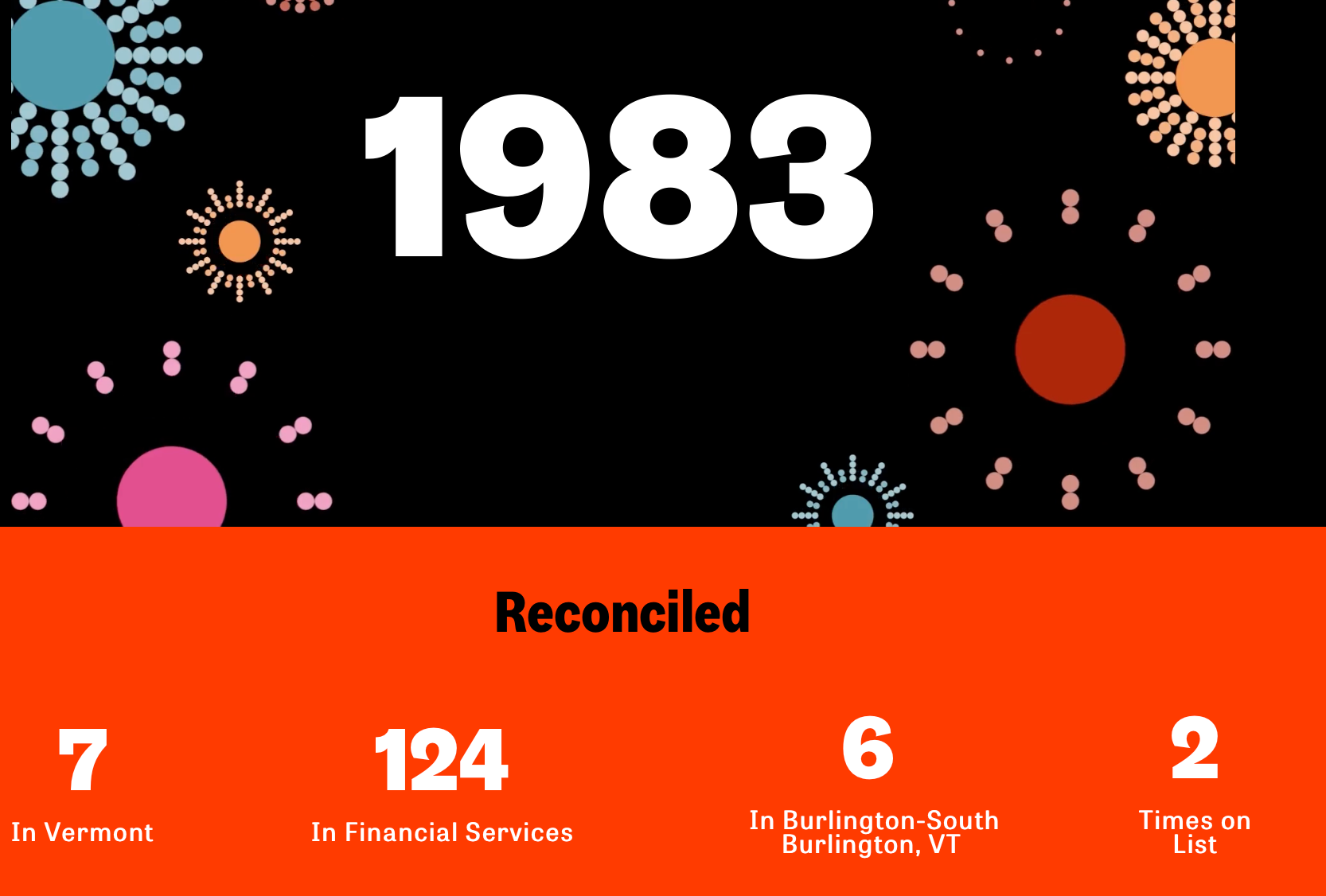In an environment that is becoming more complex by the day, sales leaders are challenged with the constant desire to grow. Businesses have been forced to reassess their present sales approaches, processes, structure, and sales teams as a result of the ongoing pandemic. In leading companies, a good sales team harnesses data and technology. It delivers clear sales plans and insights that sellers can act on, create predictability in sales management, and drive the adoption of new selling techniques. This article details how to create an effective sales enablement strategy in seven steps.
What is sales enablement?
Improving sales usually starts with building an excellent sales team. Sales enablement is what follows. The practice of providing salespeople with the necessary information, tools, and resources to convert leads, complete deals, and generate money is known as sales enablement. Companies may promote and improve staff productivity with the aid of a sales team coach and a good sales enablement plan.
Steps for an excellent sales enablement strategy
- Creating a charter
The objective, scope, and goals of your sales enablement will be outlined in your sales enablement charter. The document will serve as a basis for your sales enablement strategy and your team focus. A sales enablement charter should include the mission statement which highlights your goals, key stakeholders that sales personnel will collaborate with, standard metrics on outcomes, and scope of the enablement. The charter will be the foundation on which your company will base its decisions.
- Taking advantage of reports and analytics
After setting a sales enablement charter, it is important to draw valuable insights from business data. This is done by laying out a set of standardized sales reports to understand the current situation of the sales operations. Reports encompass activity logged by sales personnel, product demos done, successful and failed deals, and leads generated. Sales executives are often equipped with a high-level understanding of what reports are relevant to the business. The reports will identify the areas of sales opportunities and create sales tactics for representatives. For example, there were multiple demos that year but very few led to closed deals. Hence, there should be an in-depth review of the demo process.
- Qualifying leads
Business and salespeople’s productivity might be harmed by an overabundance of leads. Qualify leads by sorting out prospective clients who are more likely to be converted. This would optimize your sales demos and sales personnel to focus on these leads. Some companies use a lead scoring system that assigns positive or negative ratings based on different factors such as the weight of a contract or a client’s location.
- Optimizing content
Salespeople and marketers produce content but personalized content is exceptionally important to move leads through the sales funnel. Startups can achieve this by leveraging the power of small business websites and crafting attractive landing pages.
Additionally, companies should organize and update sales content. Sales content is mainly customer case studies, whitepaper, advertisements, events, product demos, pricing and discount information, and competitive intelligence briefs. Sales content should be audited, updated, checked, and placed in a centralized content library such as the Google Suite or other Customer Relationship Management (CRM) tools to give real-time access to sales teams. Times change, so updating your company’s playbook will serve a significant role in sales teams’ ability to close deals.
- Adapting to new technologies
CRM and collaboration solutions, according to most salespeople, are necessary for their daily and weekly activities. It’s critical to show them how valuable these tools are because if they don’t understand that, they won’t utilize them. Onboarding and seminars on these new technologies or methods should be given to all salespeople. Meeting with representatives does not only allow organization leaders to answer questions and solicit feedback from sales reps but also allows them to spot weaknesses in sales strategy more easily.
- Hiring and retaining top talent
Having the right talent with the right level of resourcing and empowerment is critical to transforming salespeople into trusted leaders. Sending brilliant people to field sites creates a strong link between the corporation and its clients and even inspires new ideas. If there are instances where technology and training are unable to solve the gap between what the company needs in sales enablement, then it is time to revamp your hiring process and acquire the best salesforce.
- Evaluating and tweaking your strategy
It’s crucial to test, evaluate, and change your sales enablement plan to see whether it’s helping your team achieve its objectives. You’ll be able to see where you need to make changes and enhancements as a result. Keep the things that are working and drop the things that aren’t. Your strategy should always be adapting to changing consumer preferences or technologies.
Key takeaways
Creating a successful sales enablement strategy is no easy task but it is necessary for empowering sales reps and driving up the company’s profits. Begin with creating a sales enablement charter, standardizing and analyzing reports, qualifying leads, optimizing content, adapting to trends, hiring top talent, and evaluating your strategy’s effectiveness. Remember that the companies that succeed are those that invest heavily in their people.
– Regi Publico
The post 7 Steps in Creating A Successful Sales Enablement Strategy appeared first on Reconciled.
Recent Posts







